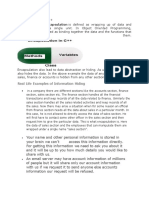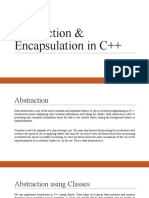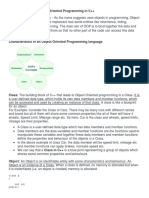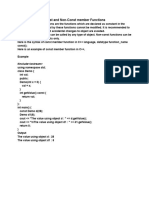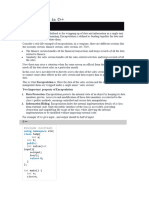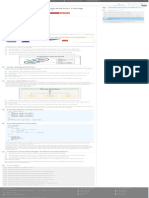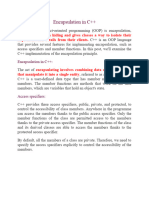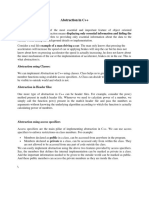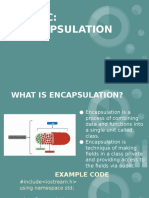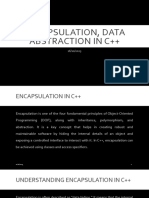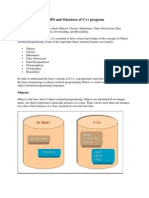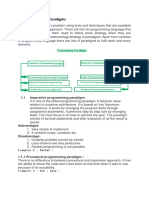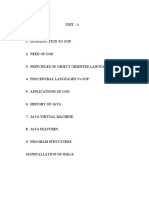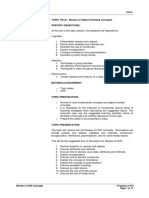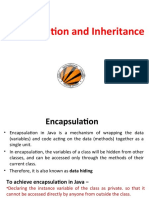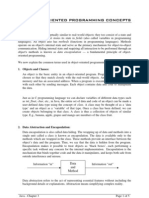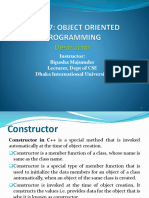0% found this document useful (0 votes)
10 views12 pagesLecture 10 OOP Encapsulation
The document discusses encapsulation and data hiding in object-oriented programming, explaining how encapsulation combines data and functions within a class to protect data from outside access. It highlights the importance of making class members private and using public functions to access them, ensuring data security and flexibility in code. Additionally, it provides examples and advantages of encapsulation, emphasizing its role in maintaining the integrity of data within software applications.
Uploaded by
anisurrahmanshemul800Copyright
© © All Rights Reserved
We take content rights seriously. If you suspect this is your content, claim it here.
Available Formats
Download as PPTX, PDF, TXT or read online on Scribd
0% found this document useful (0 votes)
10 views12 pagesLecture 10 OOP Encapsulation
The document discusses encapsulation and data hiding in object-oriented programming, explaining how encapsulation combines data and functions within a class to protect data from outside access. It highlights the importance of making class members private and using public functions to access them, ensuring data security and flexibility in code. Additionally, it provides examples and advantages of encapsulation, emphasizing its role in maintaining the integrity of data within software applications.
Uploaded by
anisurrahmanshemul800Copyright
© © All Rights Reserved
We take content rights seriously. If you suspect this is your content, claim it here.
Available Formats
Download as PPTX, PDF, TXT or read online on Scribd
/ 12

